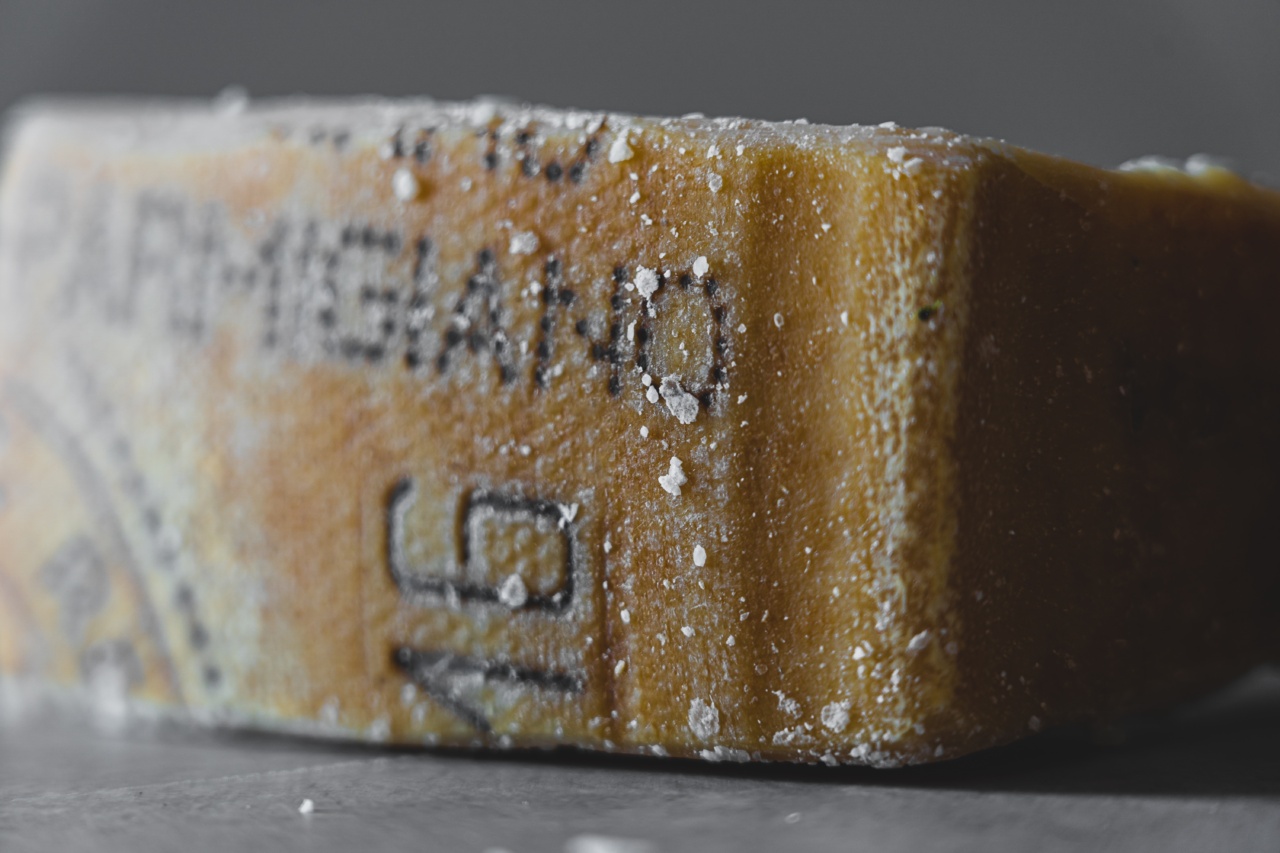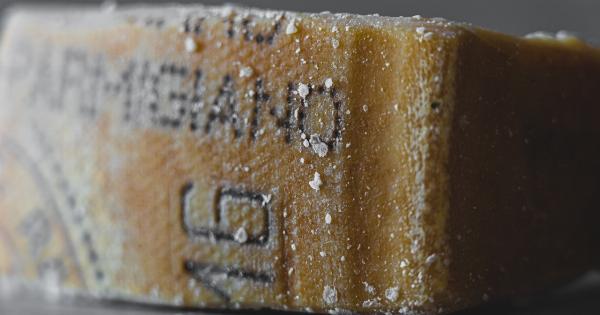When it comes to maintaining a healthy lifestyle, watching your salt intake is crucial.
While a moderate amount of sodium is essential for our bodies, excessive consumption can lead to various health issues, such as high blood pressure and increased risk of heart disease. While we might often associate salty foods with snacks like chips or pretzels, there are several other surprising culprits that can sneak high amounts of sodium into our diets.
In this article, we will explore ten of the most dangerously salty foods that you should be aware of.
The Salt Shocker: Canned Soups
While canned soups are often convenience staples in many households, they can be a hidden source of excessive sodium. Many popular canned soup brands contain high levels of sodium to enhance their flavors and ensure a longer shelf life.
Some varieties can pack up to 800 milligrams of sodium or more in just one serving. To cut down on your sodium intake, consider opting for low-sodium or reduced-sodium alternatives, or better yet, homemade soups where you can control the amount of salt added.
Beware of Deli Meats and Cold Cuts
When preparing a sandwich or a quick meal, deli meats and cold cuts often find their way onto our plates. While they may seem harmless, these processed meats can contain dangerously high levels of sodium.
In fact, some deli meat brands contain more salt than a bag of potato chips! So, next time you’re at the deli counter, be more conscious of your choices and opt for low-sodium or freshly cooked meats instead.
Pickles: More Than Just a Crunchy Snack
Pickles are a popular addition to sandwiches, burgers, and even eaten straight out of the jar, but have you ever stopped to consider their sodium content? Because pickles are typically brined or pickled in saltwater, they can be a surprising source of sodium. Just a single dill pickle can contain up to 900 milligrams of sodium. Therefore, it’s essential to consume pickles in moderation if you’re watching your sodium intake.
The Sneaky Salt in Bread and Baked Goods
Bread, bagels, muffins, and other baked goods may not immediately come to mind when thinking of salty foods, but they can contain more sodium than you’d expect.
Commercially baked products often rely on salt to enhance their flavors and promote texture. Additionally, certain bread types, like bagels and pretzels, are traditionally sprinkled with coarse salt, further increasing their sodium content. Reading nutrition labels and choosing lower-sodium options can help you keep your salt intake in check.
The Sodium Trap: Condiments and Sauces
Condiments and sauces are prominent additions to many meals, but they can also be significant sources of sodium. Ketchup, soy sauce, barbecue sauce, and salad dressings, among others, are notorious for their high sodium content.
A single tablespoon of soy sauce can contain around 900 milligrams of sodium, while certain salad dressings can have over 300 milligrams per serving. Opt for low-sodium versions of these condiments or try making your own at home to better regulate your salt intake.
Snack Attack: Salty Snacks to Watch Out For
When those mid-afternoon cravings hit, many of us reach for salty snacks like chips, popcorn, or pretzels. While these treats may satisfy our taste buds, they can wreak havoc on our sodium intake.
Packaged snacks tend to be high in sodium to enhance their flavor and act as preservatives. A standard bag of potato chips, for example, can have over 160 milligrams of sodium in just one ounce. Look for low-sodium or healthier snack alternatives like air-popped popcorn or homemade veggie chips to keep your salt cravings in check.
Frozen Meals: Convenience with a Grain of Salt
Frozen meals have become go-to options for many individuals seeking quick and effortless solutions for lunch or dinner. However, the convenience often comes at the cost of high sodium content.
Frozen pizzas, TV dinners, and pre-packaged meals can contain alarming amounts of sodium. It’s crucial to read nutritional labels and choose frozen meals with lower sodium options or consider preparing and freezing homemade meals in advance.
Watch Your Cheese Choices
Cheese is a beloved ingredient in numerous dishes, from pizzas to sandwiches and beyond. While cheese is generally high in sodium, certain types can be more dangerous in terms of salt content.
Cottage cheese and feta cheese are notoriously high in sodium, with feta cheese averaging around 316 milligrams of sodium per ounce. If you’re a cheese lover, consider opting for lower-sodium varieties or consuming it sparingly to keep your sodium intake in check.
Restaurant Meals: A Hidden Salty Surprise
Eating out is a common occurrence for many individuals. However, restaurant meals can often contain shockingly high amounts of salt.
From fast-food chains to upscale dining establishments, the excessive use of salt to enhance flavors can make many menu items a gamble in terms of your sodium intake. It’s important to be mindful of your choices when dining out and consider asking for sauces and dressings on the side, opting for dishes labeled as low-sodium or even requesting the chef to prepare your meal with reduced salt.
The Fine Art of Salt Reduction
Reducing your salt intake doesn’t mean sacrificing flavor. There are several ways you can still enjoy delicious meals while cutting back on sodium. Experiment with herbs and spices to enhance taste instead of relying heavily on salt.
Fresh ingredients and homemade meals also offer more control over your salt consumption. Reading labels, choosing low-sodium alternatives, and being mindful of portion sizes can help you maintain a healthier, less salty diet.
Conclusion
While salt is an essential part of our diets, excessive sodium consumption can lead to detrimental health effects.
By being aware of the surprisingly salty foods mentioned above and making conscious choices, you can significantly reduce your sodium intake and promote a healthier lifestyle. Remember, moderation is key, and small changes in your eating habits can make a big difference in the long run.





























